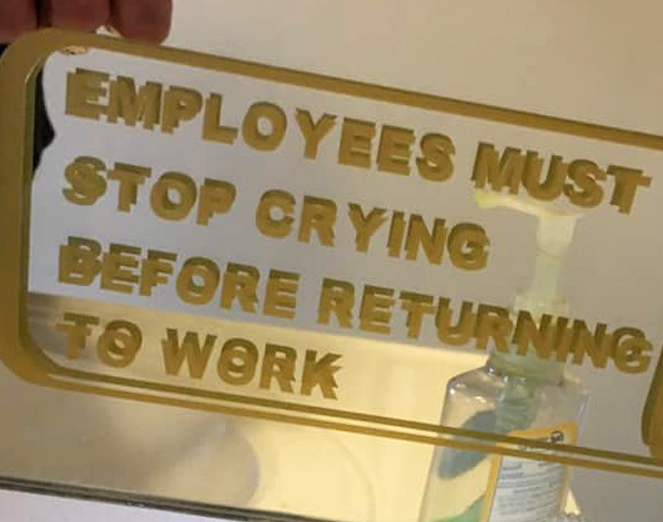

It’s a rest/do shit at home/Dr appt day.
In other words, you’re using your vacation time to sleep. Which means the headline is accurate. Americans are in a weird limbo where they have juuuuust enough vacation time to feel like they have enough. But not enough to actually plan any big trips, and not enough money to actually afford it. So they just end up using it to get an extra day off once or twice a month, to be able to catch up on all the shit they are behind on in their personal lives.
Because the 40 hour work week was made with the intent of having one adult working to support the household, while the other adult took care of the errands and chores. But since wages have stagnated, families can’t afford to live off of just one income anymore. So both adults end up working, which means the household suffers.















It still functions as a thermostat. You simply can’t access the smart features like presence sensing (to automatically turn your system off when you’re not home) or cloud control, (so you can’t adjust the temperature from your phone anymore). But it’ll still continue to function as a dumb thermostat. You set the temperature at the unit, and it holds said temperature until you change it.